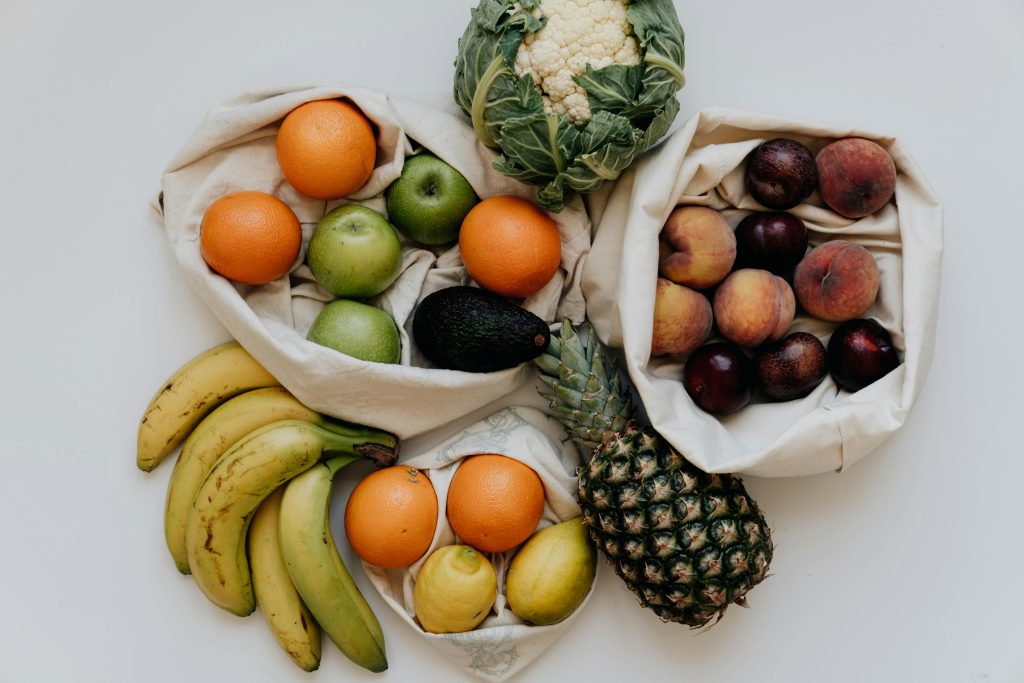Last week I paid $3.50 for a bag of carrots at the grocery store. This week I got the same amount for $1.75.
The difference? These carrots were slightly curved instead of perfectly straight.
Americans waste 38% of all food while grocery prices keep rising. The math makes no freaking sense.
I looked into this and it changed how I shop completely. The problem goes way beyond expired leftovers in your fridge.
The industry creates waste on purpose.
Farmers abandon 30% of produce in fields because it looks imperfect. Grocery retailers then trash $15.4 billion worth of perfectly edible fruits and vegetables annually.
Meanwhile, you’re paying premium prices for cosmetically perfect apples.
The disconnect hit me during a recent farmers market visit. A vendor offered me “seconds” – slightly bruised peaches at half price. They tasted identical to the pristine ones.
That’s when I discovered the imperfect produce movement.
Imperfect Produce Services
Companies like Misfits Market and Imperfect Foods rescue produce that would otherwise rot in fields. They offer 30-50% savings on fruits and vegetables that taste exactly the same as their prettier counterparts.
I signed up for a trial box last month.
The results? My produce spending dropped from $120 to $72 per month. Those slightly wonky carrots and oddly-shaped bell peppers cooked identically to store-bought versions.
They taste the same.
Here’s the kicker – my “ugly” bell peppers were actually fresher than the perfect ones from the grocery store. They lasted longer in my fridge too.
But here’s what really gets me – we’ve created this waste problem over pure aesthetics. A tomato with a tiny blemish gets tossed while families struggle with rising food costs.
Beyond Subscription Services
Farmers markets offer even better deals if you know what to ask for. Many vendors will discount imperfect produce rather than haul it back home.
I’ve started asking “Got any seconds?” at the end of my shopping. Last Saturday, I scored 5 pounds of slightly soft peaches for $8 instead of $20. Perfect for smoothies and baking.
Most farmers appreciate customers who care more about taste than Instagram-worthy presentation. One vendor now saves his “ugly” tomatoes for me because he knows I’ll buy them.
Pro tip: Show up an hour before closing for the best deals.
The environmental impact adds to the benefits. Perfect-looking produce often travels over 1,000 miles to reach stores, while local imperfect options reduce transportation emissions significantly.
The Real Cost of Perfection
This goes beyond just saving money. Our obsession with flawless food creates artificial scarcity while generating tons of waste.
Every misshapen cucumber we reject contributes to the 145 billion meals Americans waste annually.
The fix is simple – buy imperfect produce and save money while reducing waste.
I get that changing shopping habits feels weird at first. You might worry about quality or freshness. Here’s what I’ve learned after six months:
Imperfect produce often lasts just as long. Sometimes longer because it’s fresher from shorter supply chains.
The “flaws” disappear once you start cooking. That curved carrot dices the same as a straight one.
Your wallet will thank you. I’m saving $48 per month on groceries without changing what I eat.
Start small – try one imperfect produce box or ask for seconds at your next farmers market visit. You might just find that ugly vegetables are the smartest money move you make this year.

